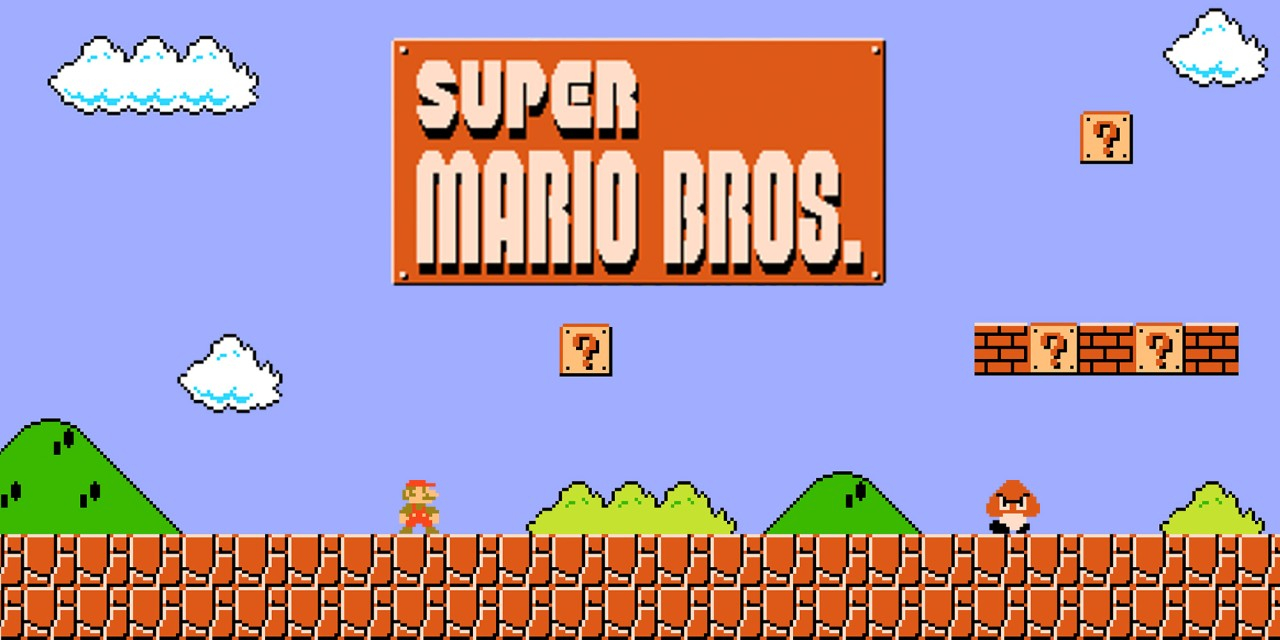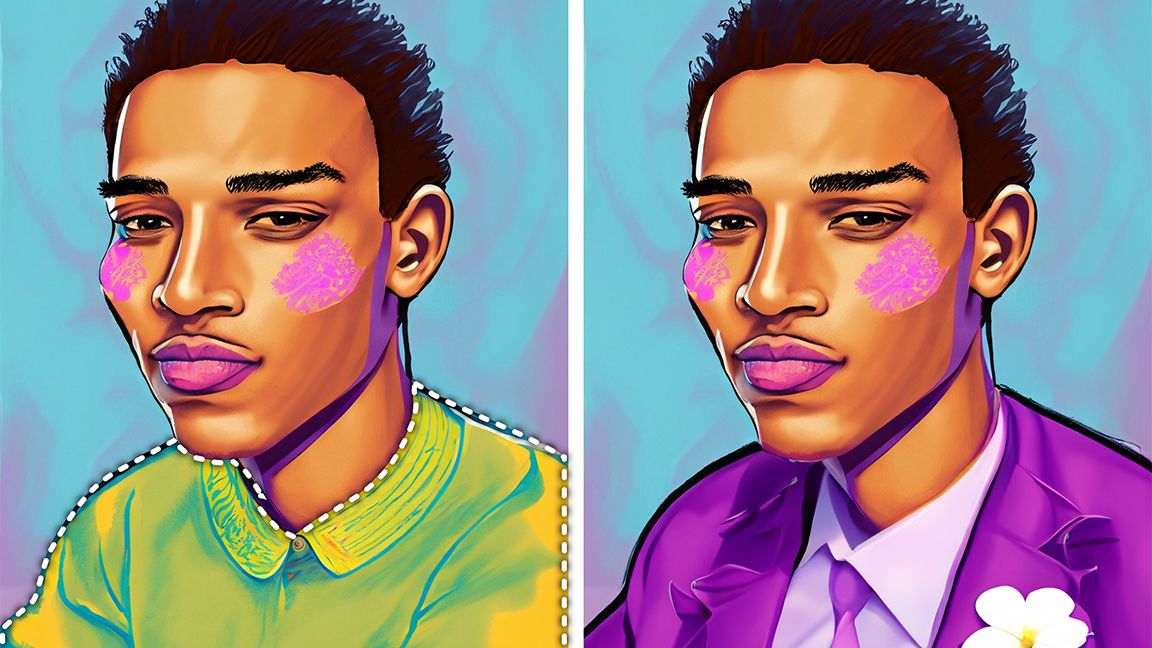
Generative AI platform Firefly is out of beta and into Adobe Express and Creative Clouds apps such as Photoshop and Illustrator. The news also comes as Adobe reveals its Firefly AI web app is also now commercially available and promises 'nutritional labels' for image creation. So what does it all mean for digital artists?
The big features coming to Creative Cloud apps include Generative Fill and Generative Expand in Photoshop, Generative Recolor in Illustrator, and Text to Image and Text effects in Adobe Express. The Photoshop AI tools have been incredibly popular in beta and now everyone can try them, and tellingly these features enhance workflows rather than replace them. These new tools will be rolled out to everyone over the next week.
"I'm a graphic designer, I've been using Adobe software ever since the early '90s and this reminds me of when Photoshop introduced Layers in 1992," says Rufus Deuchler, Adobe's Director, Worldwide Creative Cloud Evangelism, as we discuss the launch. "That was a big moment and I think Generative Fill and Generative Expand is one of those moments in Photoshop history that that makes everyone go 'wow'."
Adobe Creative Cloud gets complete AI tools
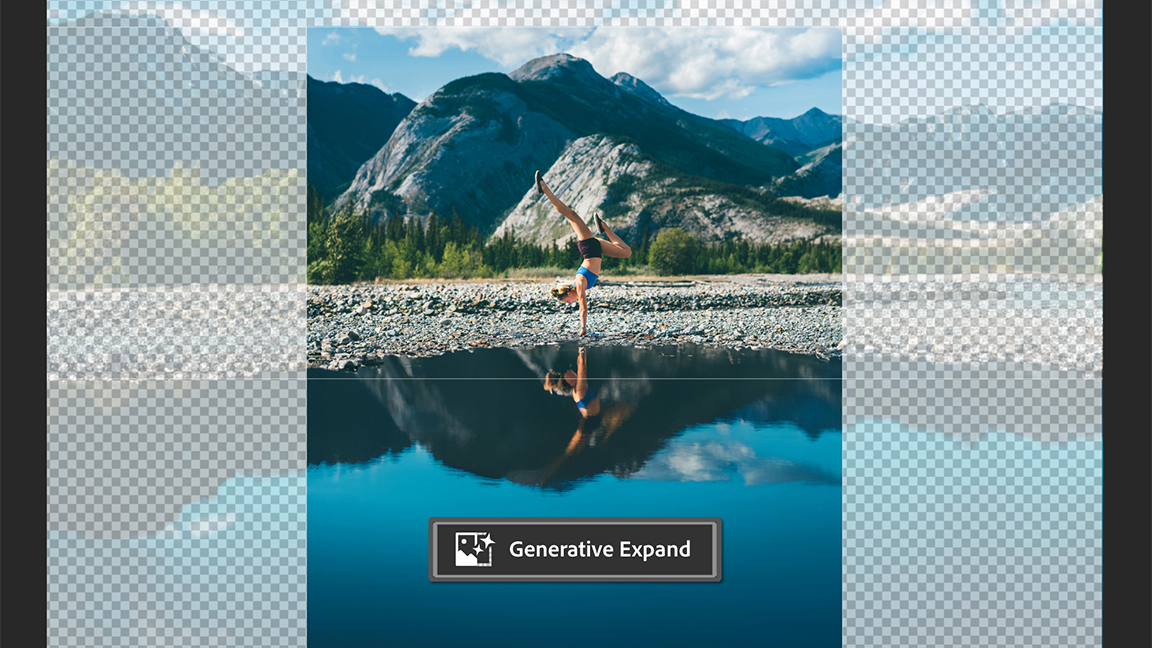
These AI tools are now in all of Adobe's main apps, and the aim is to enhance workflows rather than replace artistic input, for example Generative Expand in Photoshop does just that, it expands and adds detail into an image. Generative Recolor in Illustrator will change the colours and values in an image to new chose palettes, perfect for creating multiple variants of an image you've created.
"It's a creative co-pilot," says Deuchler, adding: "I look at it is more using AI or Firefly to enhance my work, or to start my work, and then build around it, and maybe change something in an area of an image that I already have."
This is a different approach to other generative AI apps, like Midjourney and Stable Diffusion, that place the 'creative' process on prompts. Adobe looks to be cherry picking its AI tools from the Firefly beta to fit how artists wish to use them, for example, in Photoshop and Illustrator.
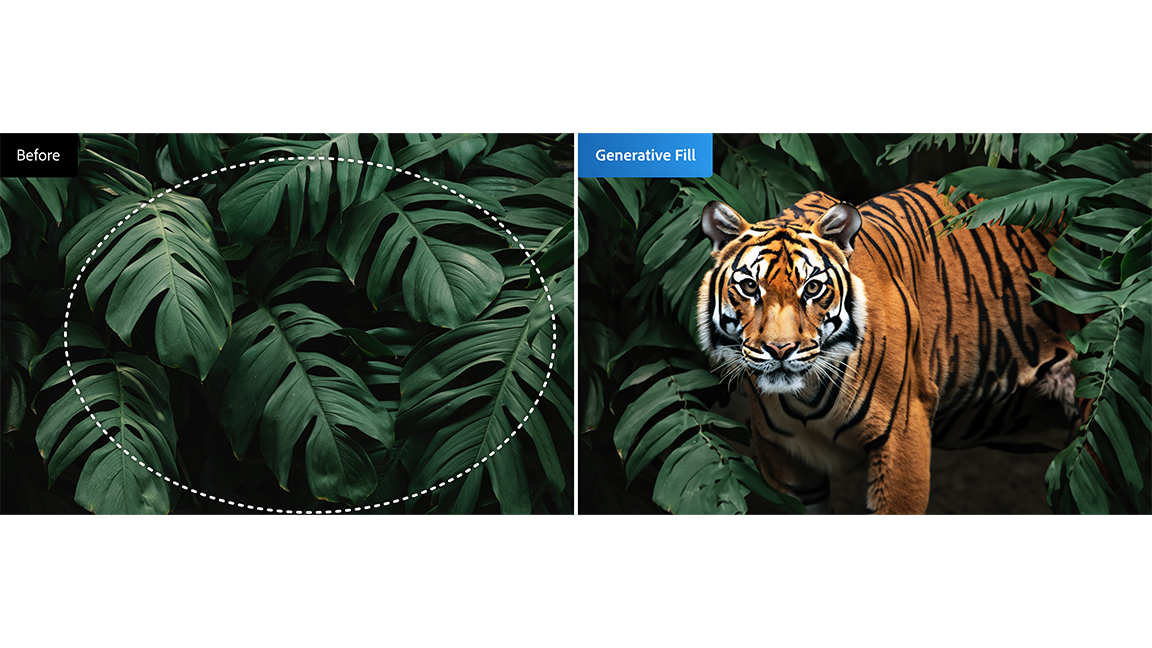
This issue of AI image authorship and copyright is central to how Adobe is making use of this technology. It's made all the right noises to date, promising an ethical approach to AI, and Adobe Executive Vice President Dana Rao has outlined the FAIR Act aimed at protecting artist's copyrights.
Daily design news, reviews, how-tos and more, as picked by the editors.
Adobe has trained its Firefly AI on openly licensed and public domain content hosted on its Adobe Stock library, which is why Firefly doesn't know Mickey Mouse, Deuchler tells me. But, Adobe hasn't been without fault, many famous artists have complained of AI 'copyright infringement' on Adobe Stock as some users create copycat styles in other AI and import them to Adobe's library.
One artist involved, Kelly McKernan recently told me how she felt "violated" by this issue and "considered giving up art altogether". After spending 10 years building a career as a professional illustrator, McKernan is now back teaching art part-time to cover her lost income.
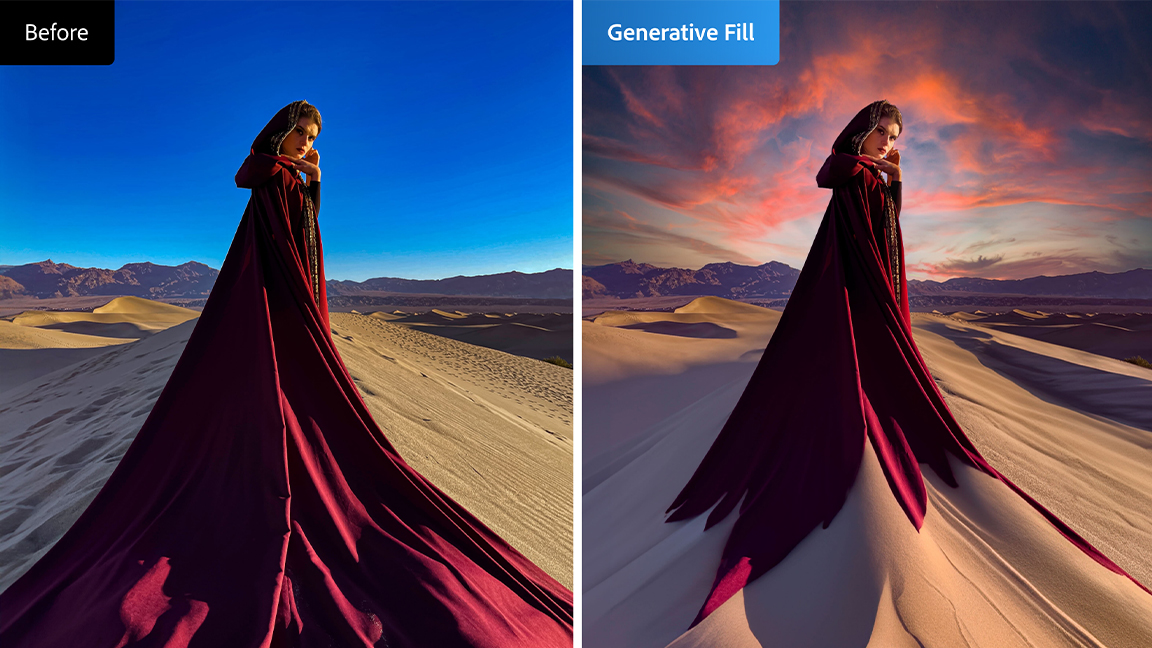
The solution? Deuchler tells me Adobe has a "zero tolerance for anyone who breaches the [Adobe Stock] agreement", this says uploaded images that impersonate another artist or style, or that the user doesn't have the rights to, are breaking Adobe's T&Cs.
Given two billion images have been created during Firefly's beta, tracking and confirming the rights of every image is hard. In response, and to offer transparency and confidence, Adobe is launching 'digital nutritional labels' for every image created using Firefly. Content Credentials is a list of verifiable details that show how an image was created and its editing journey across all Adobe apps, ensuring you can tell how much AI was used, or not, and when.
Deuchler says: "This nutrition label attached to the image actually shows that there was human work involved in the creation of that image and I think that is what makes these special, and also that their intellectual property can actually be applied [to the image]."
An artistic style should not be copied
Rufus Deuchler
There's a pragmatism to Adobe's approach and todays news suggests it's trying to approach generative AI in the right way, even though artists are losing copyrights. Deuchler is of the mindset that "AI is here and it's here to stay" and some rules need to be set, as he reiterates clearly, "an artistic style should not be copied" and images created in Adobe software will never be used to train its AI, "that would be crazy!" he says.
"I understand the angst. I understand that change is is never easy," continues Deuchler. "But I think there's a counter balance, there is so many opportunities for creativity and creators to actually benefit from artificial intelligence and also to enhance their own work their own workflows, their own idea creation."

Ian Dean is Editor, Digital Arts & 3D at Creative Bloq, and the former editor of many leading magazines. These titles included ImagineFX, 3D World and video game titles Play and Official PlayStation Magazine. Ian launched Xbox magazine X360 and edited PlayStation World. For Creative Bloq, Ian combines his experiences to bring the latest news on digital art, VFX and video games and tech, and in his spare time he doodles in Procreate, ArtRage, and Rebelle while finding time to play Xbox and PS5.
